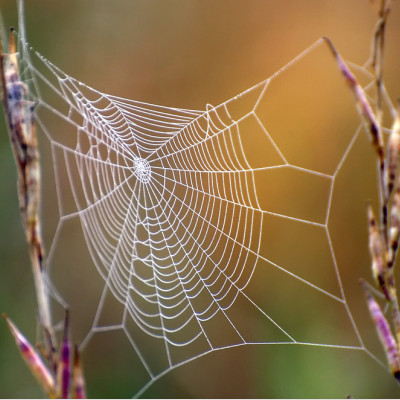
2022-08-27
Visited : 660
Breakthrough could lead to aspirational yet elusive synthetic spider silk Scientists at William & Mary funded by the U.S. National Science Foundation studied spider silk in such detail they were able to determine the structure of the silk fibers. Spider silk is known for its strength and durability.
"Scientists all over the world have studied spider silk because it is incredibly strong," lead author of the study Hannes Schniepp said. "It is also flexible. It's tough. It's a material stronger than steel with 10 times the extensibility of a material like Kevlar."
The researchers created a detailed model of spider silk, with seven layers of structural hierarchy that included the internal composition of microscopic silk fibers, known as nanofibrils. Nanofibrils are not well understood but have long been thought to play an important role in the structure of spider silk.
Using a diverse array of spectroscopies to study spider silk at a molecular level, the researchers determined the concentration and orientation distributions of six distinct protein substructures that make up the silk nanofibrils.
"The silk is a protein material," Schniepp said. "And what spiders do with it is incredible. They start with a protein and end up with something that's stronger than steel. The techniques we developed to study the nanofibrils of spider silk could be applied to studying any protein. We could determine the structure of collagen, for example, with a similar level of detail based on the techniques we developed in this work."
The findings could lead to the development of high-performance synthetic fibers inspired by spider silk.
"We're innovating and discovering in tiny steps, but there's a larger goal of fully understanding the structure of spider silk," Schniepp said. "This study solves a piece of that puzzle and takes us closer to making materials as nature does, and in doing so, creating a more sustainable world."
Read the original article on Natinal Science Foundation (NSF).